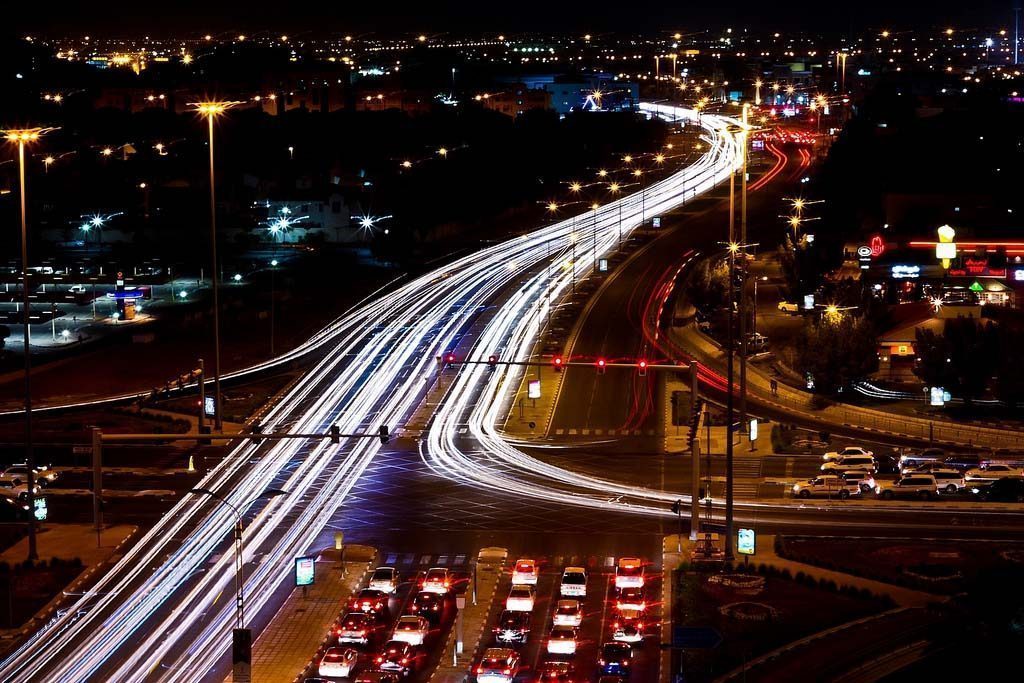
As Qatar and its GCC neighbors embark on “extreme makeover” projects to overhaul their infrastructure, regional communications specialist Oliver Stelling asserts that governments must pay special attention to managing the people affected during this transitional period.
As Qatar prepares to host the world eight years from now, the Gulf state plans to spend roughly 10 percent of its annual GDP on building infrastructure. The country’s population has already grown by more than 200,000 people in the past year, and now stands at more than 2 million – a trend that will only accelerate in the years to come.
Meanwhile Qatar has earmarked a whopping $200 billion for infrastructure projects between now and 2022, including new expressways, a new seaport and the new Hamad International Airport, slated to open in early this year.
In the region, Qatar of course is not alone with its ambitions. Dubai, which recently won the Expo 2020 hosting rights, is expected to create 270,000 new jobs between 2013 and 2021.
Saudi Arabia announced in 2010 that it would spend $384 billion over five years in upgrading its infrastructure, and Bahrain has also earmarked more than $2.5 billion over the next decade as major road works and sanitation upgrades are well underway.
According to one report, total government spending on infrastructure across the GCC is set to reach $960 billion by 2022, covering over 1,638 infrastructure projects.
More disruptions
It goes without saying: the transformation of an entire region at such scale comes with high levels of disruption. Those living in Doha, Dubai, Abu Dhabi, Riyadh or Manama know all about the dust, the noise, and the ever longer traffic jams.
Municipalities and governments are facing new challenges on their long journey to that extreme urban makeover: how to keep their subjects happy while even more roads are being dug up and entire neighborhoods reshaped.
The answer is simple. Put yourself in their shoes.
Communities directly affected by months and years of road works, sanitary upgrades and daily traffic back-ups have a much higher information need, underscoring the importance of open and proactive communications.
The best way to address this is by investing in communications planning, community consultation and education, and stakeholder engagement programs that inform, educate and excite.

The commitment to listen, consult and educate should go hand-in-hand with technology upgrades so that increasing numbers of enquiries can be handled without compromising the quality of information.
Of course it is not just residents who matter. Given the scope of projects underway in the region, governments need to reach out to a variety of groups. This includes investors, analysts, interest groups and businesses, but also visitors.
And it is not just the municipalities who are in charge. Engineering and construction firms, architects and designers, urban planning councils, consulting firms and transportation boards, all are called upon to explain better what they are doing.
Creating public goodwill
The keywords are relevance, speed and proactivity. Information needs can be anticipated and communications strategies drafted in advance and with each audience in mind. If the purpose is to create public goodwill and support, it makes sense to avoid further inconvenience or even hardship by communicating too little or too late.
A fourth element is continuity. Never underestimate the need of audiences to hear what you have to say not once or twice but multiple times, in multiple ways, using various channels and delivery mechanisms over a period of time.
The idea is to maintain a flow of positive messages and visuals that reinforce positive change. All players need to embrace two-way communication, real interaction; be it through community events, roadshows, in-mall activity, or by curating constructive discussions across social media forums.
All these will not only raise awareness of local projects but build deeper understanding and ultimately trust in mega-infrastructure projects which ultimately seek to improve the quality of life for all.
Impediments
Why is that not standard practice already? To some extent it is. In the past 24 months Qatar has seen a number of excellent public education and information campaigns. Government organizations in particular are becoming more focused on real-time, two-way communications when it comes to updating stakeholders on major infrastructure projects.
But overall strategic communications is not yet considered an integral part of project planning and very few communicators do have a seat at the board table where they can influence campaign rollouts and messages.
PR is traditionally focused on media relations only but press releases are blunt tools compared to much more targeted, strategic communications, which are sharper, more creative and effective in keeping the public on side.
For that one has to factor in the existing knowledge, attitudes and beliefs of stakeholders. It is that kind of information that allows communications advisors to develop measurable stakeholder-led campaigns that work with tailored messages and different communications platforms.
Positively disruptive, creative campaigns educate and entertain at the same time. They also deal with the imminent as much as the long term aspects of change. Whether it is the outlook of better transportation, reduced commute times, cleaner air, greener and quieter neighborhoods, or lower energy bills: the bigger picture can seem distant and hard to grasp.
But everyone will appreciate to hear what is being done to minimize disruption while work is underway that enhances the quality of life for all.
At the end of the day it is the responsibility of cities, governments and their commercial partners to win the hearts and minds of the people in whose names the cities in the Gulf are being rebuilt. The key to that is proactive, open and transparent communications.







